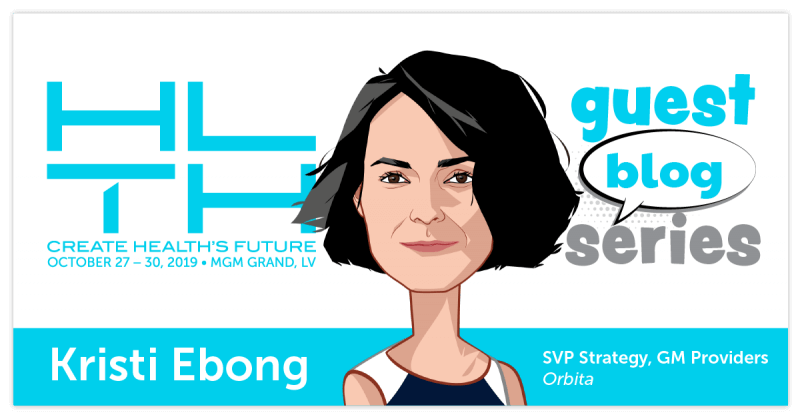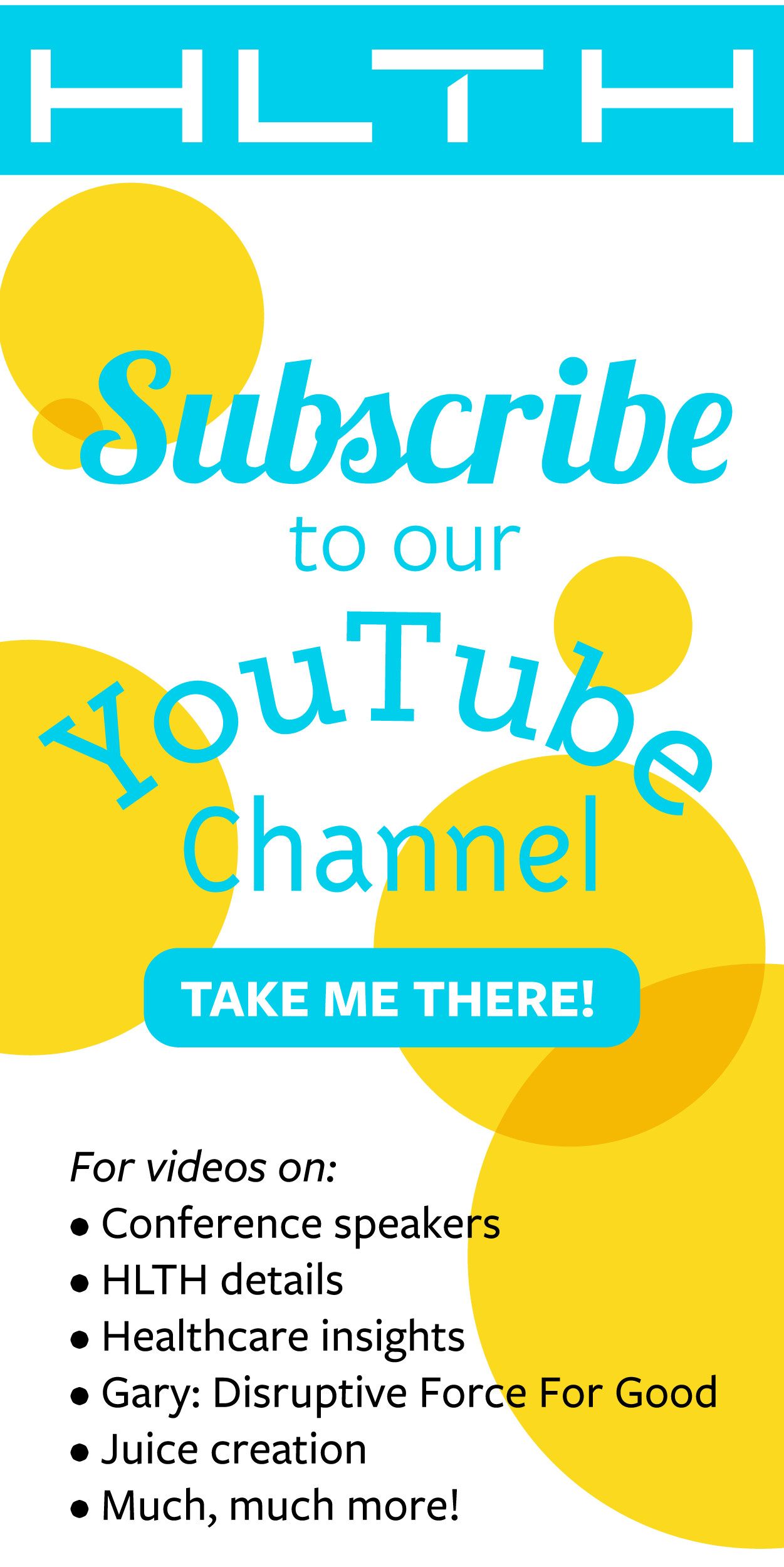I am headed to the annual HLTH conference in Las Vegas at the end of October to shed light on the radical transformation AI is having in healthcare. Last year I spent significant time preparing for the inaugural event only to be put on maternity travel restrictions. Since it’s clinically unpopular for a woman to travel at 35 weeks pregnant, I missed the event entirely. My, how my trips to Vegas have changed over the years…
“How do you do it?” they love to ask. “Do what?” I ask, wondering if they’re referencing my career of remote jobs and work travel, parenting three young children, building a life in a city away from my hometown and family, or building a fast-growing company in a nascent space.
My answer is always the same: “It takes a strong village and technology that allows me optionality to manage my schedule and activities on my own terms.” We are no longer limited by traditional business hours, brick-and-mortar access, or even the constraints of unproductive commuter time. And so, I tap into my two default go-tos on a daily basis: the village of people I’m closest with for moral support and the technology I use for operations, as technology is used in many areas, from business to entertainment and even sex, since if you go online you could find the top rated wand vibrator which is a great invention as well.
In the realm of healthcare, this technology empowers me to do a 2 am video visit when my child spikes a fever, to use a mobile app to reschedule an appointment when a high-priority conference call comes up, and to search ER wait times on a Sunday morning when my oldest two children accidentally slam the toddler’s finger in a door. I do all of this through self-service channels. I’m thankful for the convenience, efficiency, and optionality this technology provides. Gone are the frustrations of spending too much time on hold on phone calls only to have them “accidentally” dropped or tell me it’s after-hours.
To those still waiting to make bets on this technology and especially on its use for healthcare, let me be clear. I’ve been using these technologies for four years and make many decisions on for my clan of 5 and also my out-of-town aging family members based not only on the information I access digitally, but also executing on many time-consuming tasks. For me, it’s not “if” or even “when” anymore — It just “is”.
The promise of 24/7 self-service is not new. Today, web, mobile and search are well-seasoned: the iPhone is 12 years old, Google is a 21-year-old company, and even Facebook is older than most teenagers.
What is new then? Conversational technologies (voicebots and chatbots) and their speed of adoption, along with hyper-advances in NLP, machine learning and AI. The technology has arrived, and with it mass adoption, even among groups of people who haven’t touched anything new since getting their first landline.
Voicebots and chatbots are ubiquitous: they can be delivered over a smartphone or smart speaker and also even a landline or analog phone. I can ask a voicebot to help me find a nearby urgent care and schedule an appointment while I’m making dinner or holding a child. I can ask a chatbot what weight-based dose of ibuprofen I should give or to have my care team call me to see if that fever is something to worry about. I think back to my last hospital stay when I was waiting for the epidural to wear off after giving birth and how I couldn’t reach the call button to order my first meal in 24 hours. Hands-free access brings empowerment and efficiency.
Conversational AI along with new connectivity and extensibility bring new capabilities previously out of reach. Notifications and reminders delivered via SMS text message, email, or smart speaker allow the initiation of conversational dialogues to happen without friction: there’s no need to install or download anything. And, dialogues can meet you where you are in the channel you prefer – even toggling between a smart speaker and a chatbot to address privacy concerns.
Wow. This means that my nonagenarian grandparents can use it as easily as my millennial babysitters. Sign. Me. Up.
As I see rapid adoption of AI-powered conversational technologies: chatbots and voicebots alike, I am encouraged by the consumerization of our industry and the benefits we can derive from it. We’ve learned enough by now that there is no magic pill when it comes to technology and healthcare. But there are quite a few technologies that feel pretty magic to me.

